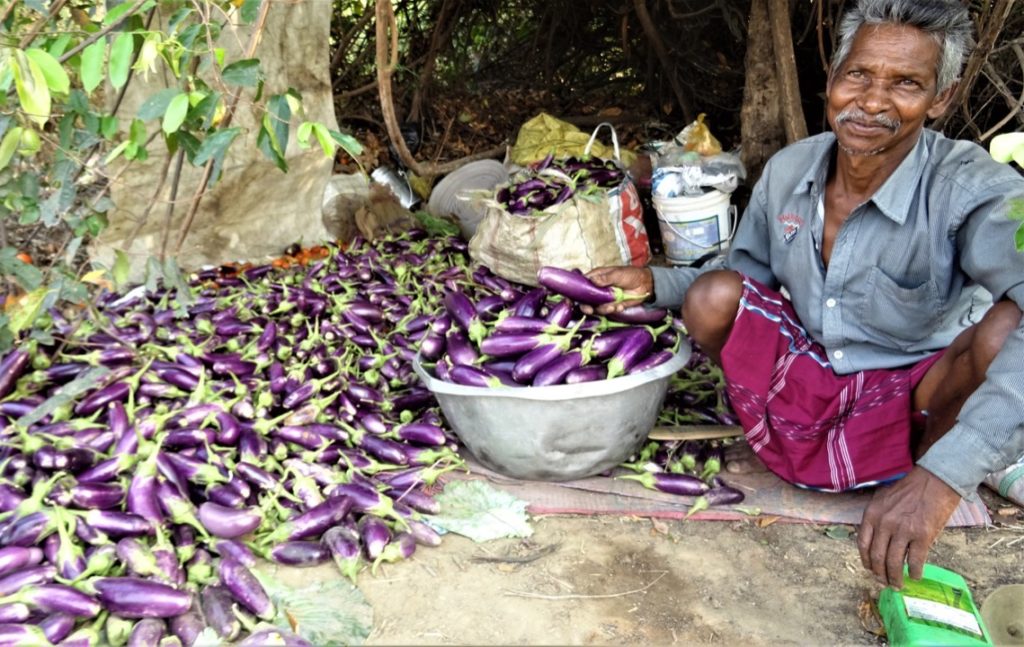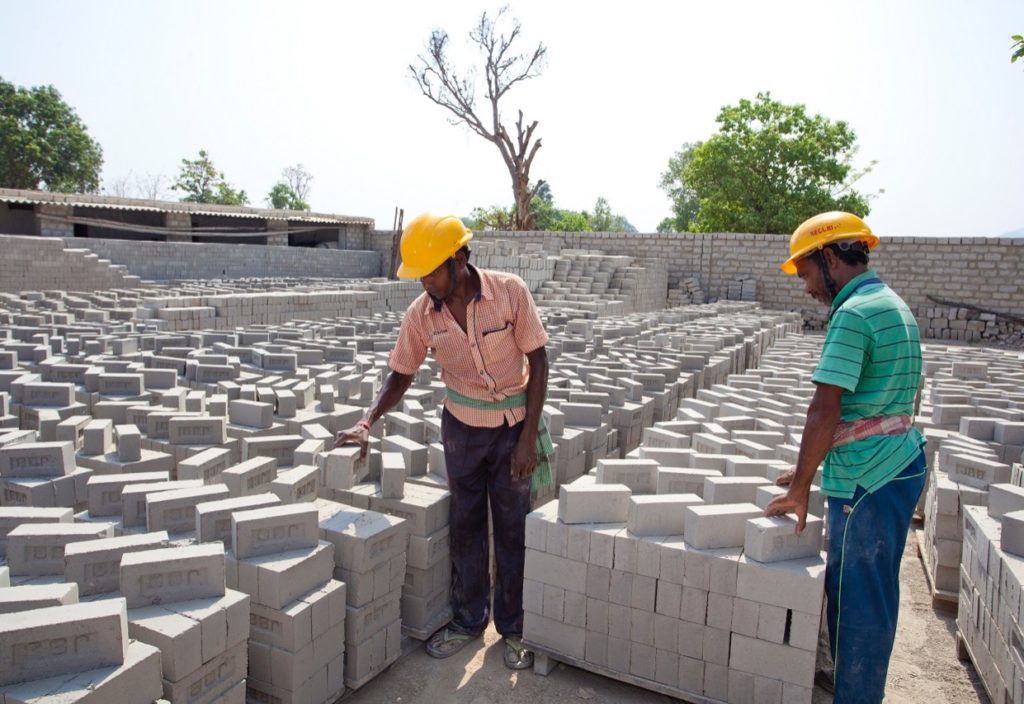Call-for-action part of PRAHAR’s ‘National Movement for Livelihood Resurrection’ in the COVID-19 era to give relief to displaced workers.
PRAHAR (Public Response Against Helplessness and Action for Redressal), an NGO dedicated towards finding solutions for problems of the helpless, today called for a comprehensive national strategy targeting accelerated industrial growth in remote regions of India to bring relief to workforce which has receded there because of the COVID-19 pandemic. This call-for-action is part of the NGO’s recently launched ‘National Movement for Livelihood Resurrection’ campaign in the COVID-19 era.
Commenting on the subject, Mr Abhay Raj Mishra, President and National Convenor, PRAHAR said, “Covid-19 lockdowns have led to unprecedented reverse migration of workers in India. Also, the pandemic has caused mass-scale destruction of livelihoods in urban regions. We need to incentivize expansion and setting up of new industries in remote regions with abundant labour workforce. There is statistical evidence that one organized sector direct employment in a poor region triggers 10 or more new indirect livelihoods as compared to only average 4 livelihoods in developed regions. Therefore, this is an opportune time for India to also adopt a reverse industrialization strategy to compliment reverse migration of its workforce.”

LANJIGARH CASE STUDY BY SATTVA CONSULTING – social impact resulting from setting up of Vedanta’s alumina refinery and captive power plant in the region
Sattva Consulting, an independent social impact strategy consulting and implementation firm has conducted a ground-research in the Kalahandi district of Odisha which has revealed significant socio-economic transformation of the region after Vedanta commissioned its alumina refinery and captive power plant in Lanjigarh in 2003.
Till the year 2000, the Kalahandi district used to be one of the most poverty-stricken regions of Odisha and India. The district used to score extremely low on indicators like poverty ratio, literacy, per-capita income, connectivity, safe drinking water, coverage of health infrastructure, household savings, banking network and education etc. With support from the Government things started to change from the 2000 and specifically in the last 17 years the region has shown remarkable transformation on all key parameters, after the Vedanta plant was commissioned in the district in 2003.

The study offers valuable insights on how a single mega project can deliver quantifiable impact across key developmental parameters as follows:
1. Livelihood impact: Before2003 the region had only 89 small scale units. After Vedanta’s plant was commissioned 5000 jobs were created in Aluminium and value chain industries which include 60 fly ash brick industries and 100 downstream industries. The plant created 10,000 vendors which in turn supported 1 lakh direct and indirect jobs. This is not all, 600 new MSMEs created over 6000 jobs in the region. Vedanta Aluminium also provided livelihood support to over 100 artisans and 3000 women making them financially independent.
2. Education impact: There was no English medium school in Lanjigarh block before 2003. Vedanta established 1st English Medium school in the district which today has 1200 students, 90% of which are from local communities and only 10% belonging to the employees of the company. This school created aspiration for quality education among local communities. This is reflected in the rise in literacy levels in Kalahandi from 38.4% in 2001 to 50.9% in 2011. Overall, 40,000 children and youth benefitted from quality education, career counselling, midday meals etc.
3. Health impact: Kalahandi witnessed decrease in the prevalence of Malaria due to awareness campaigns run by Vedanta and free of cost health service at the company’s modern hospital in the district. The district also witnesses shift in preference for formal healthcare from home-remedies among local communities with the improvement in healthcare services in the region. Over 60,000 people visit the Vedanta hospital every year and 90,000 people from remote villages have already benefitted from the hospital and its mobile health units. Vedanta is also investing Rs 100 crore to set up 500 bed hospital in the region besides developing 400 Nandghars (Anganwadis) for Child Development & Women Empowerment.
4. Infrastructure impact: Connectivity of remote villages with district headquarters has improved substantially after Vedanta started its operations in the region. Vedanta and the government together have built roads from Lanjigarh to Dahikala and Muniguda, which are then connected to state highways built by the government.
5. Hygiene improvement: Vedanta has built over 5000 toilets and provided sanitation & clean drinking water to over 5000 families in Kalahandi. It has been successful in tackling open defecation through behavioral change. This has led to 6 Gram Panchayats in Kalahandi being declared Open Defecation Free (ODF).
6. Environmental impact: Vedanta is maintaining ambient air and water quality around plant site through robust air, water and solid waste management. Vedanta is utilising 100% of fly ash for brick manufacturing and construction. It has successfully developed Lanjigarh, which was once a barren land, to green space by planting over 6.5 lakh trees.

